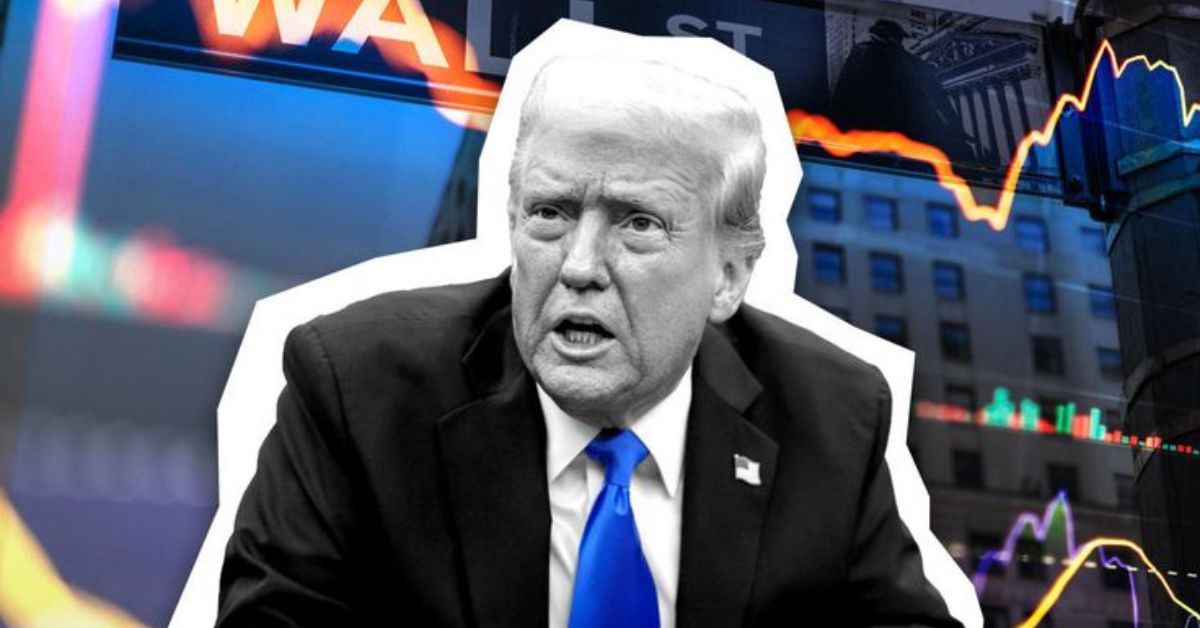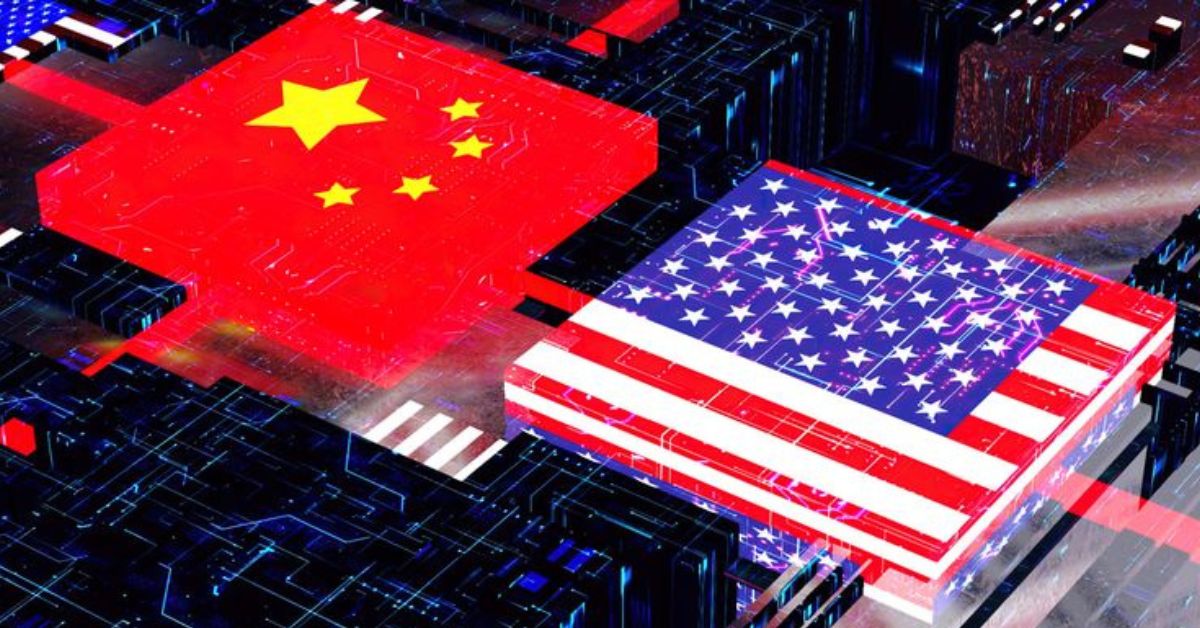On August 30, 2025, the U.S. Department of Commerce’s Bureau of Industry and Security (BIS) announced tightened export controls on advanced semiconductor and AI technologies, significantly affecting Taiwan’s semiconductor industry, particularly Taiwan Semiconductor Manufacturing Company (TSMC), which produces over 90% of the world’s advanced chips. These controls, building on restrictions from October 2022, 2023, and December 2024, target AI chips like Nvidia’s H100 and high-bandwidth memory (HBM), requiring licenses for exports to countries like China. The measures aim to curb China’s access to technologies critical for military and AI applications, but they also disrupt Taiwanese supply chains, as TSMC faces scrutiny for past dealings with blacklisted firms like Huawei. The controls align with the U.S.’s “small yard, high fence” strategy to maintain technological superiority, prompting a full impact analysis across state and local governance, national governance and politics, economy and trade, international relations, and people’s daily life and society.
Impact Analysis:
1. Impact on State / Local Governance
Economic planning challenges: States like Arizona, where TSMC is building factories, may face delays or reduced investment due to export control uncertainties, affecting local job creation and tax revenues.
Increased regulatory oversight: Local governments may need to align with federal compliance measures, increasing administrative costs to monitor Taiwanese firms’ operations in the U.S.
2. Impact on National Governance & Politics
Strengthened national security focus: The controls reinforce U.S. efforts to prioritize technological dominance, potentially prompting Congress to expand funding for domestic chip production under the CHIPS and Science Act.
Political tensions: The restrictions may fuel debates over balancing national security with economic growth, as critics argue they harm U.S. firms like Nvidia, which face projected $5.5 billion losses in 2025
3. Impact on Economy & Trade
Supply chain disruptions: Taiwanese firms like TSMC may face higher costs and reduced exports to China, with global supply chains reconfiguring as companies seek alternatives like Vietnam and India.
Revenue losses for U.S. firms: U.S. chipmakers like Nvidia and AMD could lose significant revenue, with AMD facing up to $800 million in losses due to restricted H20 chip sales to China.
Consumer price hikes: Restricted chip supplies may increase costs for AI-driven products, with potential price increases of 10–15% for electronics like smartphones and computers.
4. Impact on International Relations
Strained U.S.-China relations: The controls, targeting China’s AI capabilities, may escalate trade tensions, with China’s retaliatory restrictions on gallium and germanium exports affecting global chip production.
Pressure on allies: Taiwan, Japan, and the Netherlands face increased U.S. pressure to align with export controls, potentially straining their economic ties with China, where 29% of ASML’s sales originate.
5. Impact on People’s Daily Life & Society
Rising technology costs: Limited chip supplies could raise prices for consumer electronics, with a projected $1,200–$2,800 annual cost increase per U.S. household for tech goods.
Job market shifts: Reduced chip exports may slow hiring in tech-heavy regions, while new U.S. factories supported by the CHIPS Act could create 6,000 jobs by 2027, reshaping local economies.
Latest Government Data / Stats
- CHIPS Act funding: The U.S. allocated $52.7 billion through the CHIPS and Science Act in 2022 to boost domestic semiconductor production, with $1.5 billion awarded to TSMC’s Arizona plant. (Source: U.S. Department of Commerce, 2025)
- Trade impact: U.S. semiconductor exports to China dropped 14% from 2022 to 2024, contributing to a $1.02 trillion U.S. trade deficit in 2024. (Source: U.S. Census Bureau, 2025)
Largest Impact Area: Economy & Trade
The economy and trade sector will likely face the largest impact due to the extensive disruptions in global semiconductor supply chains and significant revenue losses for U.S. and Taiwanese firms. TSMC’s dominance, producing over 90% of advanced chips, makes it a critical chokepoint, and restrictions on exports to China, a market accounting for 35% of global semiconductor demand, could raise production costs and consumer prices. U.S. firms like Nvidia face projected losses of $5.5 billion in 2025, while the reconfiguration of supply chains to countries like Vietnam increases costs, potentially reducing global GDP by 1%. These economic ripple effects, combined with potential inflation from restricted chip supplies, make this the most significant impact area.
Conclusion: U.S. export controls on Taiwanese semiconductor AI chips disrupt global supply chains, escalate geopolitical tensions, and raise consumer costs. These measures reshape economic and strategic landscapes, requiring careful monitoring.
Author
-

Connor Walsh is a passionate tech analyst with a sharp eye for emerging technologies, AI developments, and gadget innovation. With over a decade of hands-on experience in the tech industry, Connor blends technical knowledge with an engaging writing style to decode the digital world for everyday readers. When he’s not testing the latest apps or reviewing smart devices, he’s exploring the future of tech with bold predictions and honest insights.






